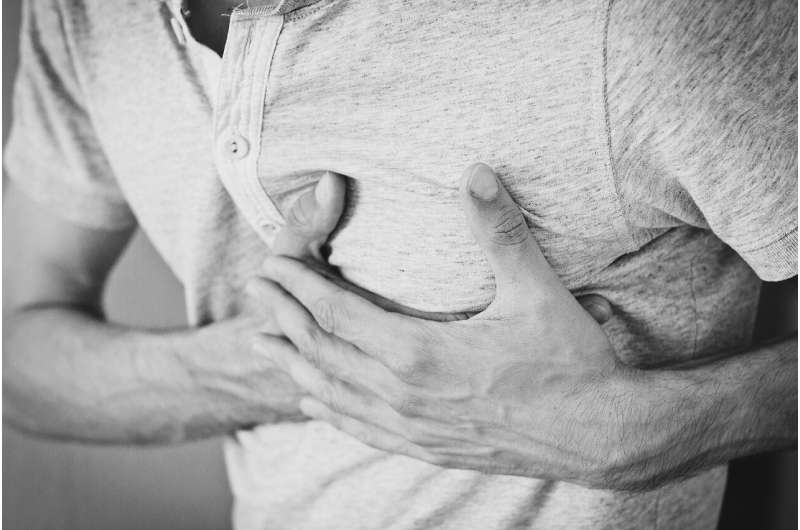Hydrogel injection may change the way the heart muscle heals after a heart attack

Researchers at CÚRAM, the SFI Research Centre for Medical Devices based at NUI Galway, and BIOFORGE Lab, at the University of Valladolid in Spain, have developed an injectable hydrogel that could help repair and prevent further damage to the heart muscle after a heart attack event. The results of their research have just been published in the prestigious journal Science Translational Medicine.
Myocardial infarction or heart disease is a leading cause of death due to the irreversible damage caused to the heart muscle (cardiac tissue) during a heart attack. The regeneration of cardiac tissue is minimal so that the damage caused cannot be repaired by itself. Current treatments lack an effective method to prevent death and subsequent cardiac tissue repair following a heart attack.
“This project involved the development and testing of an elastin-based hydrogel derived from a naturally occurring biomaterial in the human body,” explains Professor Abhay Pandit, Scientific Director of CÚRAM and project lead. The hydrogel is based on a family of unique biomaterials, called elastin-like recombinamers, that BIOFORGE-UVa had developed in the search for advanced hydrogels for regenerative medicine. “The hydrogel was developed to mimic the environment around the heart following an infarction and then customized to have the ability to protect and promote regeneration of the cardiac tissue,” he explains.
The therapeutic effect of multiple injections of this hydrogel into the cardiac tissue was assessed during the first-ever preclinical study of its kind, demonstrating its efficacy for cardiac tissue remodeling following a heart attack.
The international research team, which included researchers from Ireland, Spain, Sweden, France and Italy, were able to show that if their hydrogel was injected into the heart muscle shortly after a heart attack, it resulted in less fibrosis (scarring of the cardiac tissue) and an increase in the generation of new blood vessels in the area. They were also able to observe the rise in the preservation and survival of cardiomyocytes, a type of cell that allows the heart to beat, in the affected area.
Professor Pandit added: “This project demonstrates the efficacy of a unique biomaterial-only system able to induce a positive healing effect on cardiac tissue following a heart attack event. The functional benefits obtained by the timely injection of the hydrogel supports and highlights the potential use of this treatment in the clinic. The next step will be to develop a prototype for a delivery system for the hydrogel.”
Source: Read Full Article


